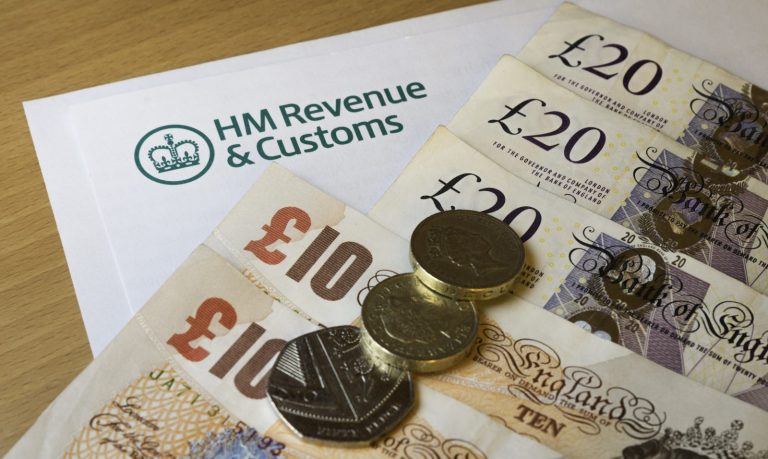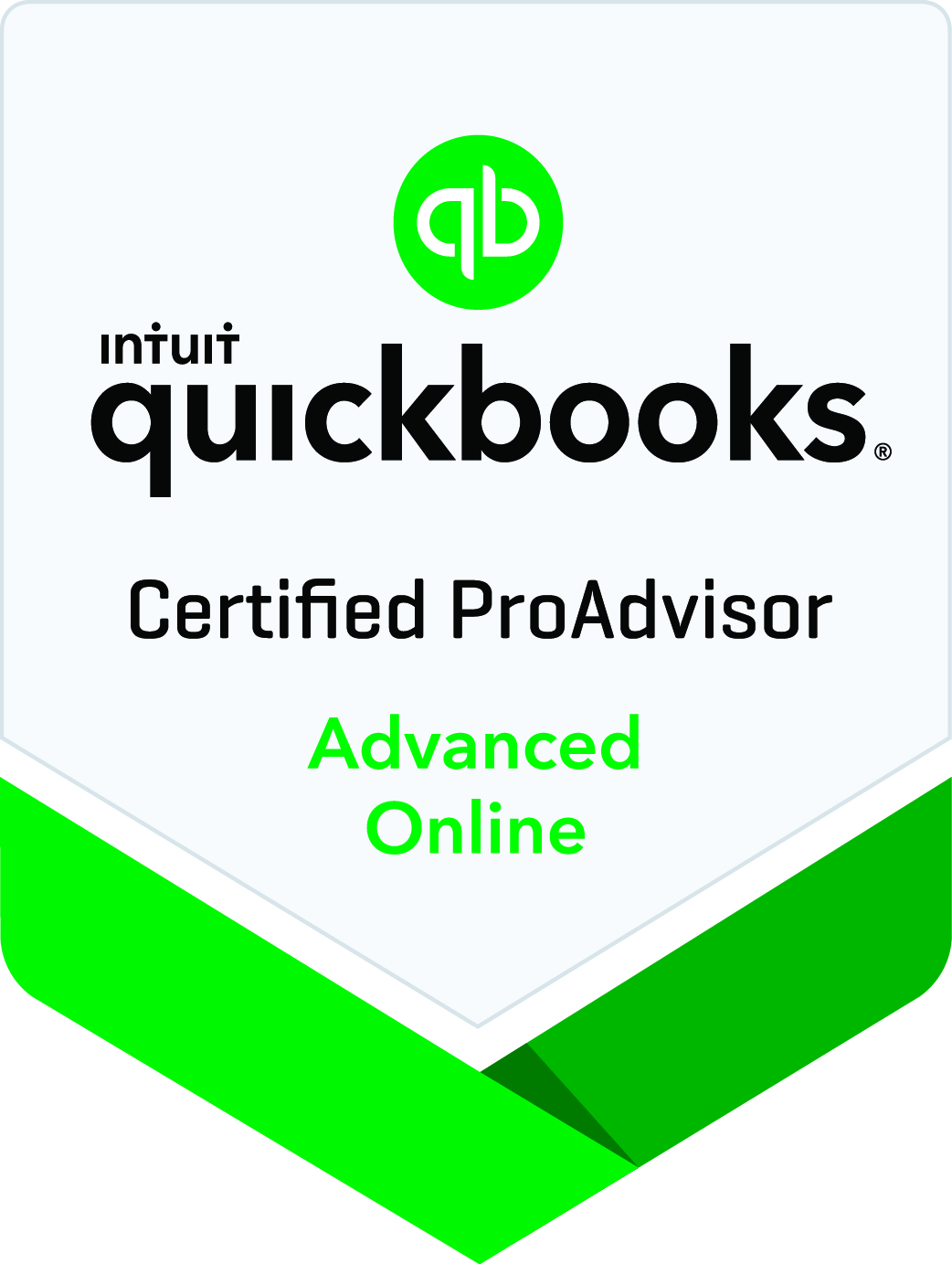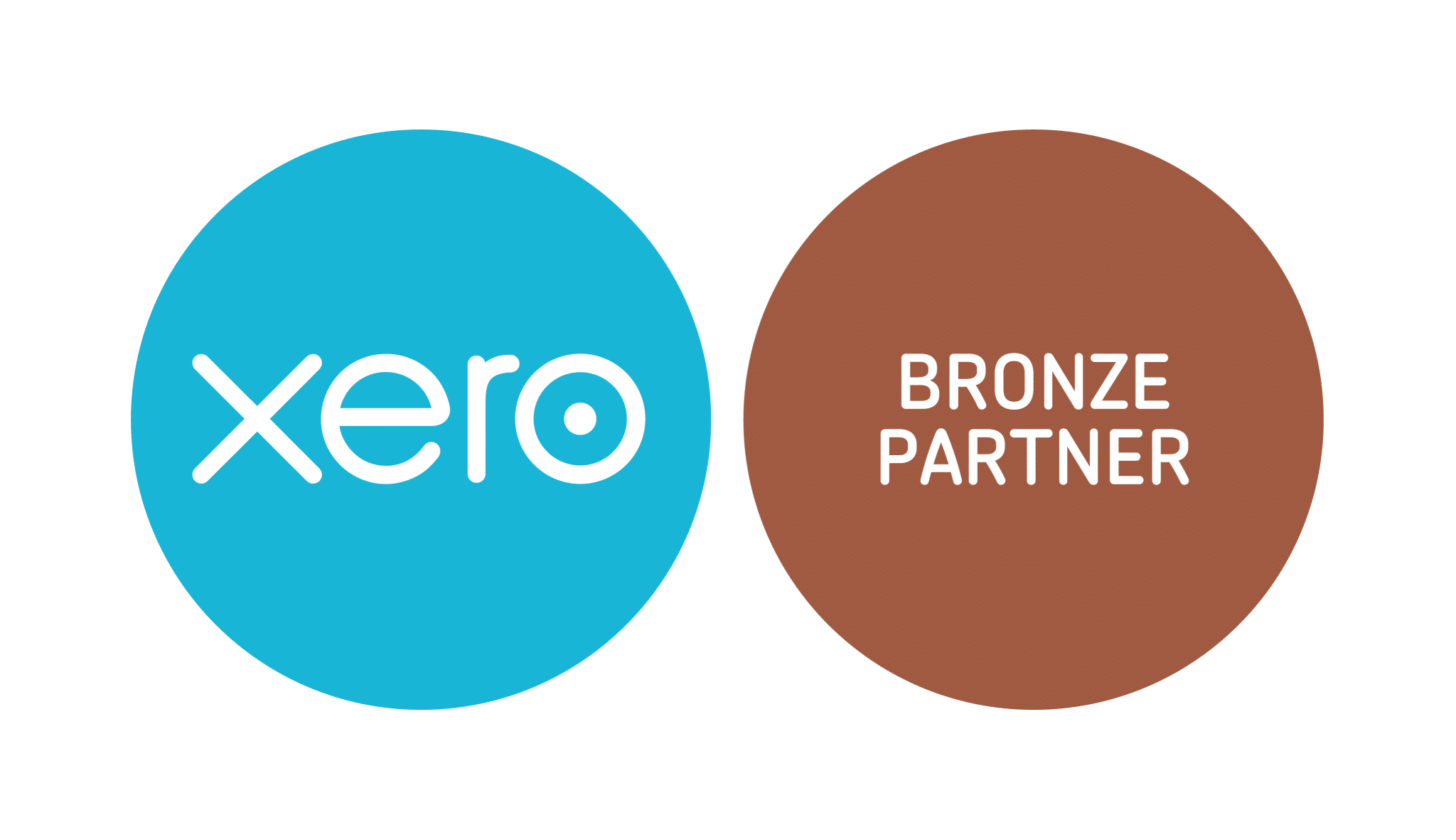Why am I being asked to make payments on account?
A question that we get asked about all the time! HMRC require payments on account to be made when the majority of an individual’s income (80% to be specific) is not taxed under the Pay-As-You-Earn (PAYE) scheme and when the tax liability exceeds £1,000.
It affects those who have significant income outside of employment income, such as the self-employed, directors of limited companies and landlords. These individuals are required to submit self assessment tax returns and pay any related tax liabilities to HMRC 10 months after the tax year-end. It’s a long time for HMRC to wait for tax relating to profits that could have been earned 21 months prior – for example, businesses being paid for services or goods in April 2023 but not having to pay the tax on that income to HMRC until 31 January 2025. In contrast, employees don’t usually ever receive the tax money at all as it is deducted from their gross pay and paid over to HMRC by the employer from the outset.
HMRC cannot tax untaxed income from self-employed profits, dividends or rental profits in advance in the first year that they are received as they do not know how much income there will be to tax. However, once the very first tax return is submitted, they will use this information to estimate that the same amount of tax will be due for the following year. This tax is then collected as ‘payments on account’ in two instalments of 50% each in January and July each year.
Payments on account can come as a shock to those unaware of the requirements who are new to receiving untaxed income or experiencing growth in such income. This is particularly the case for those submitting their first tax return with the previous year’s tax payment due along with the first payment on account for the following tax year. For example, an individual with a £50,270 salary taxed at source under PAYE and letting out a property for the first time with rental profits of £10,000 in 2023-24 would have a 40% tax liability on the rental profits, i.e., £4,000. This would have to be reported on the 2023-24 tax return by 31 January 2025 and the tax would have to be paid by the same date. In addition, HMRC require that 50% of the tax for 2023-24 be paid as a payment on account for the following 2024-25 tax year by the same date, i.e., a further £2,000. The total payment due to HMRC by 31 January 2025 is therefore £6,000, 1.5 times the tax liability for 2023-24. The second payment on account of £2,000 would be due to HMRC by 31 July 2025.
The final tax for 2024-25 would be calculated at the time of submitting the 2024-25 tax return due by 31 January 2026 and any under or over-payments of tax would be calculated at that point. Under-payments would be due by 31 January 2026 and overpayments would be refunded by HMRC shortly after submitting the tax return. Payments on account for the following 2025-26 tax year would also have to be made and this cycle will continue every tax year thereafter.
It is therefore important for sole traders, company directors and landlords to be aware of this requirement and to budget for the payments, particularly in the first year when 1.5 times the first year’s tax is due, though it does then even out from the second year onwards if the untaxed income is stable from one year to the next. Individuals whose untaxed income is expected to be lower for the following year can apply to HMRC to make reduced payments on account. We always advise making a reasonable estimate of the reduction in income and tax due, as if the reduction in payments on account ends up being lower than the final tax liability, HMRC will charge late payment interest on the shortfall. Regularly making the payments on account also helps with budgeting for annual tax bills, rather than getting to January each year and finding that there is insufficient cash flow to fulfil tax liabilities due to HMRC.





